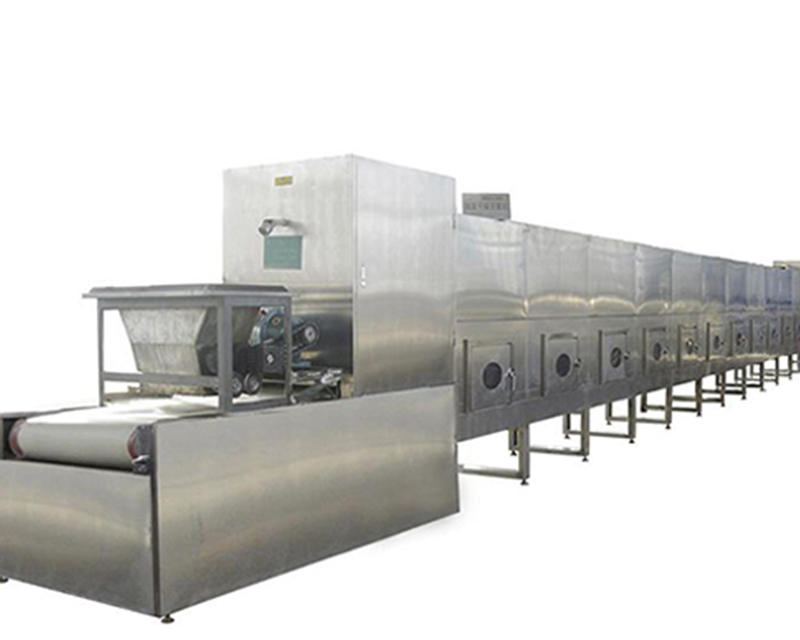Is it effective against bacteria and viruses? What are the advantages and disadvantages? As more and more UV sterilization products come into the market, you may wonder whether they are worth a try. So let's get started!
As early as the middle of the 20th century, ultraviolet light has been used for sterilization and disinfection. With the progress of technology, especially the progress of UV LED itself, its reliable long life (thousands of hours) and smaller size (such as UV LED and traditional UV bulb) have widened its application field. You will find it used for disinfection: water, air, fruits, vegetables, surgical instruments, tablet computers, toys and various surfaces.
When it comes to UV sterilization, not all kinds of UV are effective. What does this mean? Technically, ultraviolet (UV) is a "color other than invisible purple", which refers to a series of electromagnetic waves with shorter wavelength (higher frequency and energy) than visible purple light. Ultraviolet rays can be divided into three types: wavelength reduction and energy increase. They are UVA, UVB and UVC. For ultraviolet sterilization, only UVC (220-285nm) with enough energy can effectively kill microorganisms. When you purchase UV sterilization products for use at home or in enterprises, please ensure that the UV wavelength is within the range of UVC (220-285 nm).

Microwave electrodeless Ultraviolet water treatment equipment Is it effective for viruses and bacteria? The short answer is yes, even more organisms can be killed. Studies have shown that 254 nm UVC is effective against all foodborne pathogens, natural microbiota, mold and yeast. Because microorganisms have different sizes and shapes, which will affect their ultraviolet absorption, the time required to kill each species is different.
How does ultraviolet light disinfect things? Ultraviolet sterilization is also called ultraviolet disinfection or ultraviolet sterilization irradiation (UVGI). Its role is to destroy some chemical bonds and disrupt the structure of DNA, RNA and protein, resulting in the inability of microorganisms to reproduce. When a microorganism cannot reproduce, it is considered dead because it cannot reproduce in the host and is no longer infectious.

